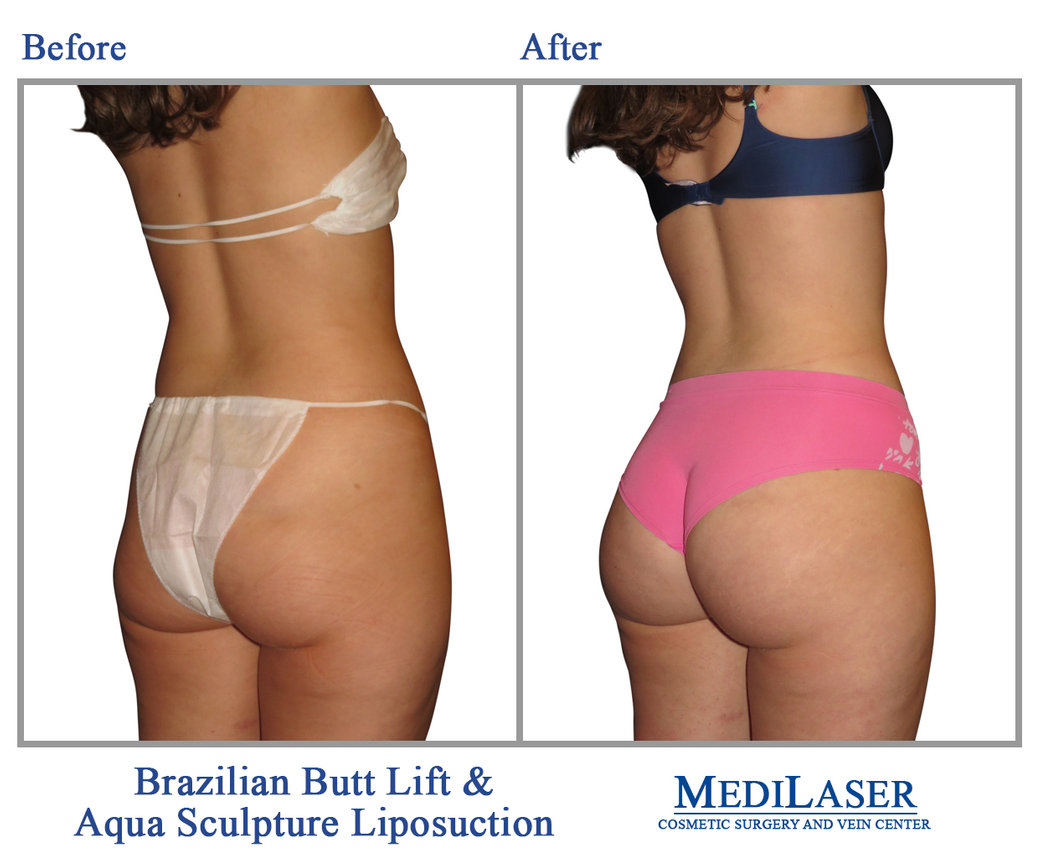
Eye asymmetry can occur for many reasons. It is essential to know the causes and how they can be treated. The next step will be to decide the most suitable surgical option. A surgical plan must account for the asymmetry of the eyelids. Eye asymmetry treatment includes the removal or reshaping eyelids.
Periocular Asymmetry
Periocular alignment is caused by changes to the volume, shape, position, and positioning facial tissues, in particular the orbit and around your eyes. This is often caused by changes in the size and position of the eyelids, as well changes in the pupil size. This type of asymmetry is most common in unilateral cases and may be caused by reduced tissue volume due to congenital hypoplasia. Eyelid asymmetry and third eyelid protrusion are common ocular diseases symptoms.
Assessing the subjective impression of facial harmony is the first step in assessing whether periocular asymmetry has occurred during aesthetic or reconstructive procedures. This should be done in the first few minutes of a patient's meeting. Your eyes are the central point of your face so it is crucial to get a good impression. Because the eyes determine a person’s personality and face. As time goes by, a person's initial impression can change.

Causes
There are many causes of eye asymmetry. It can cause damage to the eyeball's structures like the eyelids, eyebrow, brow bone or eyebrow. It may also be caused by trauma or a tumour. Most cases are benign but some require medical attention like an infection or stroke.
In rare cases, eye asymmetry can be a symptom of a brain disorder. It can also happen due to strokes or other disorders affecting the brain's nerves. A second cause is severe migraines. Asymmetry in one or both eyes is a sign of a more serious condition. It is important to see your doctor right away to rule it out.
Treatments
Treatments for eye asymmetry vary according to the severity and type of asymmetry. Sometimes surgery is required to correct severe orbital abnormalities, such as injuries. Cosmetic procedures can be used to correct mild asymmetry. These procedures can improve your vision and prevent future problems.
Trauma is the main cause of orbital imbalance. Trauma can be caused by a variety of injuries to the soft tissues, but these are not always immediately obvious. A concussion can also cause hypoglobus and enophthalmos. A stroke can also cause upper eyelid paralysis or enophthalmos.

Prevention
While the causes of eye asymmetry may not be fully understood, there are steps people can take to correct this condition. These measures range from lifestyle changes to medical procedures. The goal is to improve eye appearance. While this is not a cure for all problems, it can make a person feel better and boost their self-esteem.
First, evaluate periocular harmony. Before you perform surgery, make sure to examine the patient for any periocular irregularities. This includes identifying the cause and components of the asymmetry. Next is the selection of the most appropriate corrections. Large inequalities can be readily seen during the preoperative assessment, but they might not be apparent until after the operation. In addition, soft tissue is often removed during surgery, which may reveal underlying asymmetries.